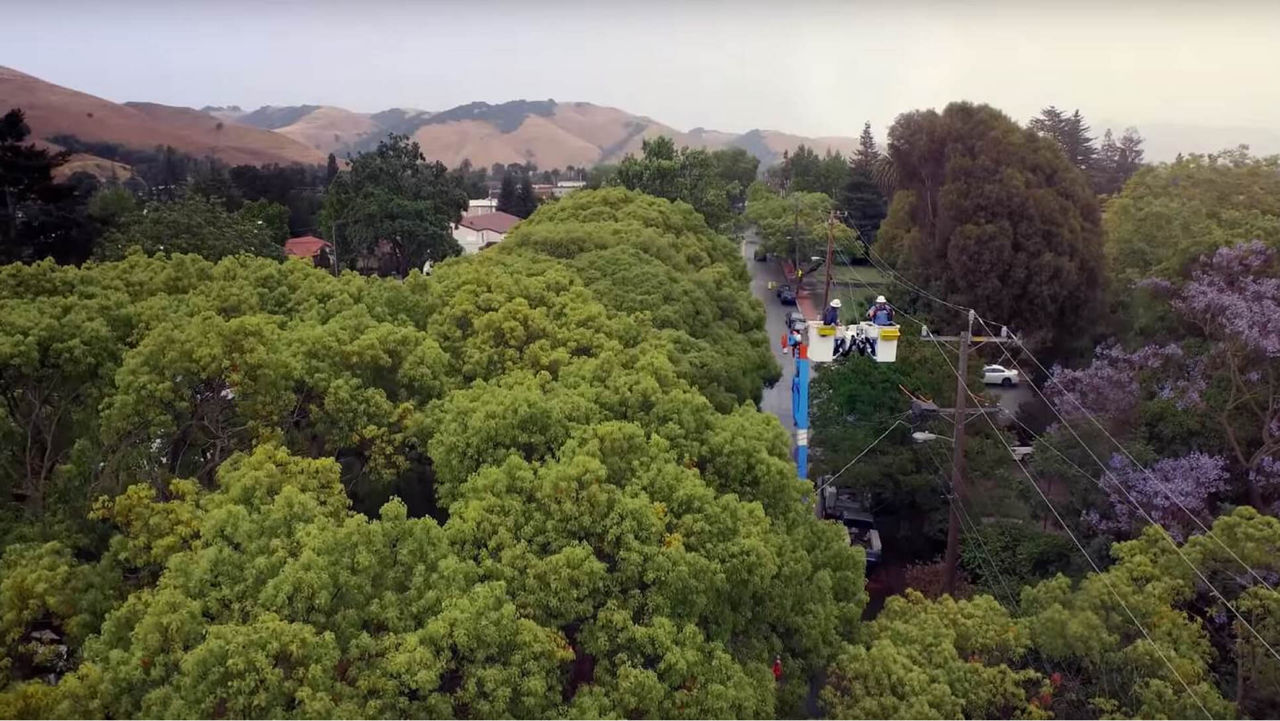Through our Community Wildfire Safety Program, we are building the electric system of the future.
Our efforts are making the system safer while allowing us to better respond to climate challenges. This work includes:
Undergrounding powerlines
Our 10,000-mile undergrounding program is the largest effort in the U.S. to underground powerlines as a wildfire risk reduction measure.
Learn more about undergrounding
System hardening
We are strengthening the electric system with stronger poles and covered powerlines in addition to undergrounding.
Learn more about system hardening
Enhancing powerline safety settings
We are using enhanced settings to turn off power within one-tenth of a second if a threat is detected. These settings are known as Enhanced Powerline Safety Settings (EPSS).
Learn more about EPSS
Reducing Public Safety Power Shutoff impacts
We are working to make our system safer and improve Public Safety Power Shutoffs (PSPS).
Learn more about PSPS
Managing trees and vegetation near powerlines
We are keeping trees and other vegetation at a safe distance from powerlines.
Learn more about vegetation management
Find out more about our wildfire safety efforts (PDF, 511 KB)

